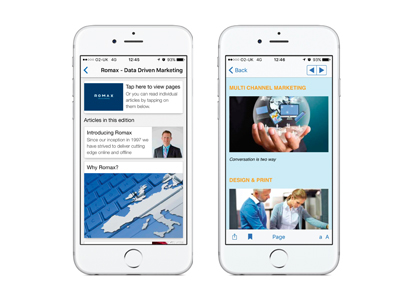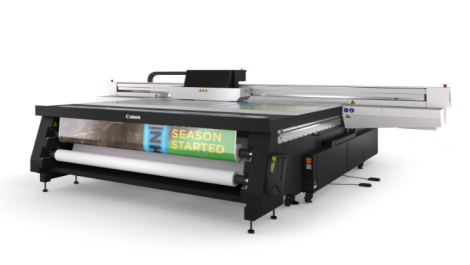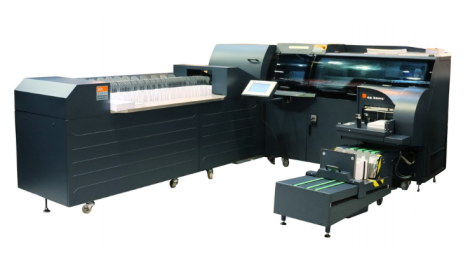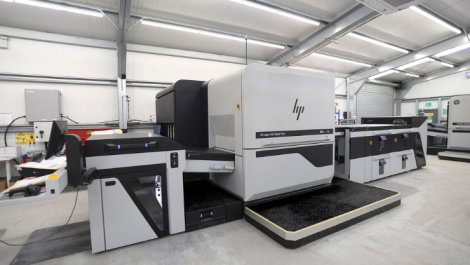The ability to deliver digital editions and apps to make best use of its customers’ content is driving London company Romax’s use of Xerox FreeFlow Digital Publisher.
Romax has not been the first printing company in the UK to grapple with the issue of how digital publishing and the rise of the app affects the printed word. It will not be the last either, but it can claim to be one of the first companies in the UK to install Xerox FreeFlow Digital Publisher, an integrated print and e-publishing software solution from the supplier of its iGen 150 and Nuvera 157 digital presses.
The London company has been looking to develop its multi-channel services to align with growing customer demand to extend print online. But while it is easy to spend a good deal of cash on sophisticated software, Romax needed something that was both simple to use and cost-efficient. That is what it believes it has found in the Xerox-badged system, which is actually based on technology from US company GTxcel which Xerox is reselling globally. At Romax, the system is being branded as publicus.
‘We believe publishers and marketers must make their mobile content browsable and snackable,’ explained Wesley Dowding, operations and technology director at Romax. ‘A miniaturised version of a website will not cut it on a 5-inch screen. Customers need optimised smartphone apps and web editions that deliver the good stuff simply, alongside built-in multimedia such as video.’
He went on: ‘There are other systems available, such as Adobe DPS, but they are more aimed at the higher end publishing houses. The thing that sold FreeFlow with GTxcel to us was the relatively low start-up costs and relatively low skill levels needed to get started. It does help to have some HTML programming to get the best out of it but it was a good way to start up. We can now give our clients a different media stream to get their content out there.’
Romax’s customer base includes such organisations as the BBC, Plusnet, the NHS, City & Guilds and a number of clients in the arts. They can now take advantage of a multi-channel offering that can convert print-ready PDFs into digital editions with rich media embedded. The file is flight checked in FreeFlow, which then hands it over to the GTxcel digital publishing engine to create a web version. Text and layout editing, audio and video content and live links to other digital content can be added here. Using HTML5 the content can be optimised for mobile viewing, and even transitioned into an app.
Publicus includes analytics on two levels, with instant highlight figures or a deeper dive if required. Revenue-accruing aspects such as banner advertising and subscription payments can be accommodated to make the apps self-funding, and push notifications can be triggered to those who have downloaded the app, with commercial messages and notices of new content and fresh offers.
At the time of writing, however, Romax is yet to carry out a live project with publicus. Mr Dowding said there are a number of clients that are interested in using it, while GTxcel has case studies of successful executions from the US with the likes of GolfWorld magazine (Condé Nast) and some Ivy League colleges.
He concluded: ‘We have invested in this platform because we believe it works and we believe there is a market. We have to go and create that opportunity, but we believe whole-heartedly that it’s there. Too high start-up costs and there would not have been a business case for it.
‘For us, the biggest attraction is with our existing clients. We believe that this would be attractive to about 50% of our client base. We have arts clients where this particular platform will definitely have a lot of appeal. We can now go and do a proof of concept to customers, and because we print for them we can do the demo using their own collateral. We’re also lucky that a lot of our clients invest in multi-media – they have things like YouTube channels – so that gives us access to rich media content. It has to be done with relevancy though: if you just clutter up the page people will turn off.’





